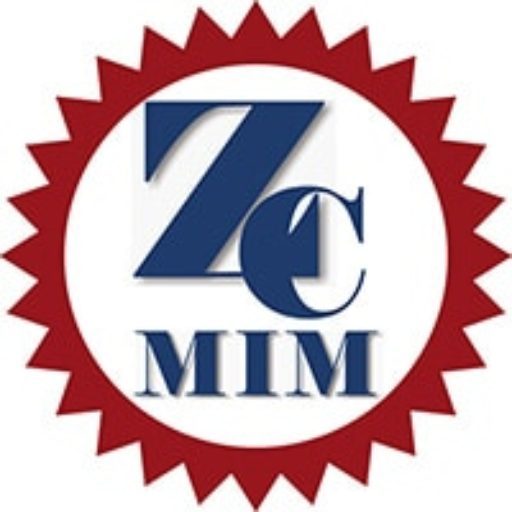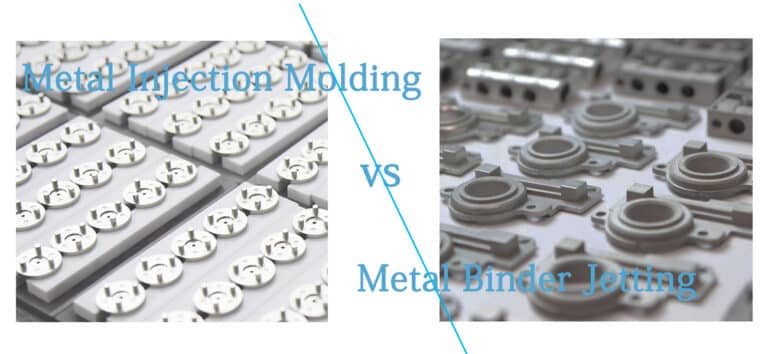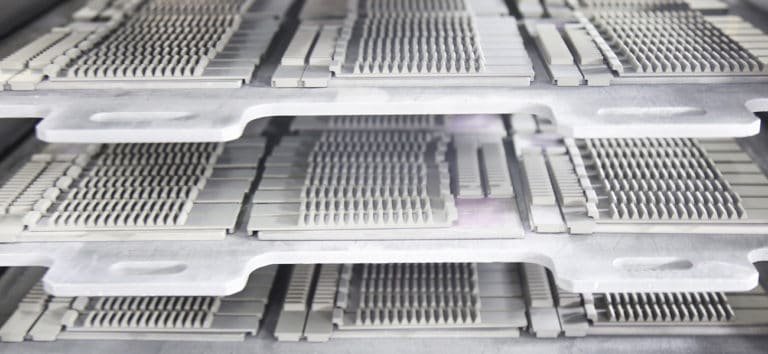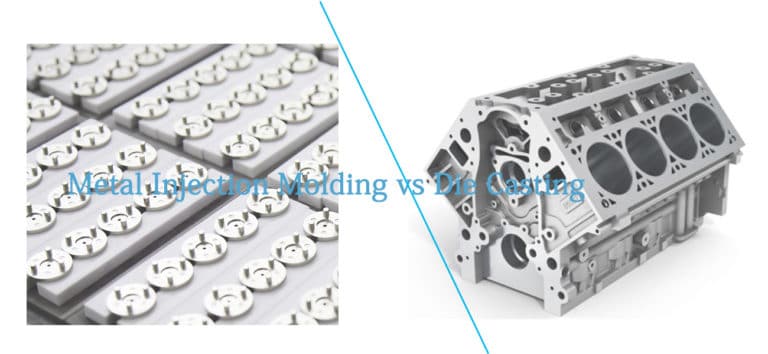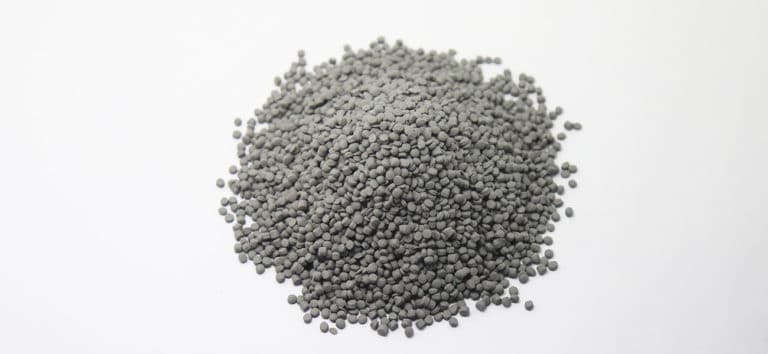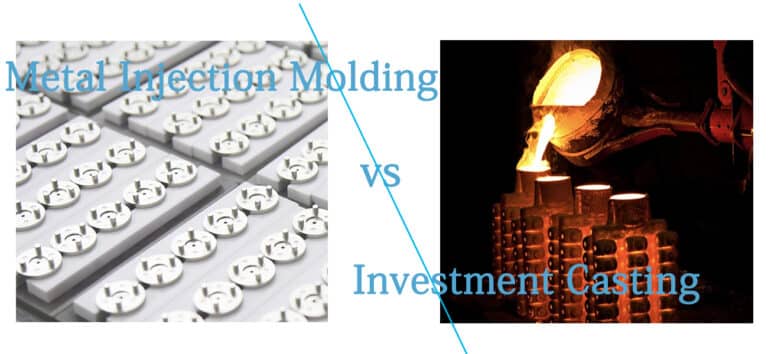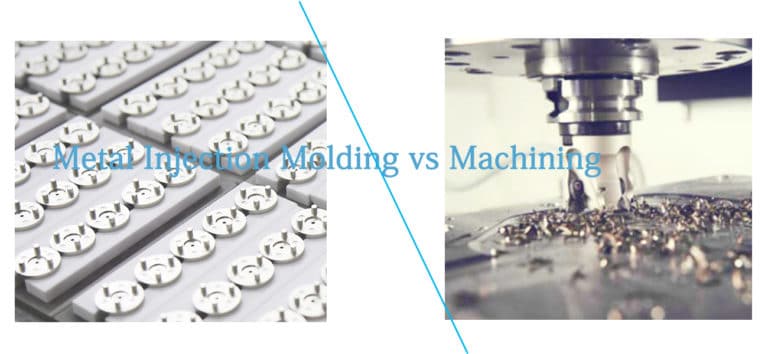Metal Injection Molding Feedstock
Importance of Feedstock
As each MIM manufacturer has to make the fundamental decision in MIM parts production process. Whether to purchase feedstock from specialist suppliers, or develop their own custom feedstock. There is no perfect choice here, only the most suitable decision. Both selections have advantages and disadvantages.
Nowadays, various ready-to-mold feedstock suppliers provide a diverse range of off-the-shelf feedstock, as well as custom materials. However, there is a critical issue we need to consider for successful MIM production. Absolute batch to batch consistence of feedstock will affect all following MIM process. Any issue in this point will give rise to defects in molding, and distortion in sintering.
With our custom materials’ development, we can guarantee material consistence in each batch. Once purchase from feedstock suppliers, our engineers will make sure feedstock consistence by analyzing feedstock composition with professional equipment. Therefore, we normally select long term suppliers with high reputation, and investigate factory for purchase preparation.
In order to provide high quality MIM parts, ZCMIM will not only monitor our feedstock consistence, but also make sure feedstock composition-metal powder & binder achieve our required standard.
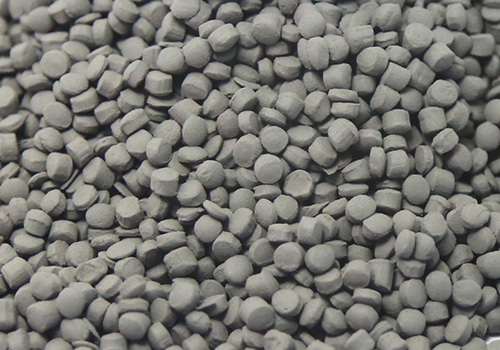
Powders for Metal Injection Molding
Our metal injection molding service provides widely MIM metal diversity, from stainless steels, iron-based alloy to titanium, supper-alloy. Metal particle size plays the most important role in powder characteristic, which will determine sinter-ability and surface quality of final parts. As general rules, metal powders with finer size will provide better performance of properties. As following, we will introduce 2 typical metal powers in MIM process.
Carbon Iron & Nickel Powders
This kind of fine carbon iron and nickel powers are already in industrial production before MIM technology development. So it is widely applied in electronic, medical, automotive industry for precise parts production. These powder has spherical form and excellent flowability, which also has size less than 10 µm. This is finer than common atomized and reduced iron powder size.
Carbon iron powders have excellent sintering properties, these fine particle size result in high sintered density, high strength and excellent surface texture quality. In addition, uniform spherical form shape guarantee precise dimension accuracy.
There are various ferrous MIM alloys based on carbon iron and nickel. These powders mix with key elemental or mater alloy powders to create a desired alloy composition with specific chemical and physical properties. Please check our MIM material properties for detail information of iron-based alloy composition and properties.
Water & Gas Atomized Powders
Water and gas atomized powders are predominantly specific for pre-alloyed metal powder with unique property requirement. Such as high alloy steel, nickel and cobalt based alloys. All these alloy will satisfy special property requirement of high strength, corrosion resistance, high surface hardness or bio-compatibility.
Gas-atomized alloy powders have spherical shape. In some case, we need to add water atomized powders with irregular shape. With high demand for fine metal powders, atomizing technique can provide many kinds of alloy power with less than 10 µm in average size. Which results in high sintered density, high strength and excellent surface texture quality for final parts.
Binder and Debinding Technique
Essential in MIM Forming Process
Binder plays the most important role in MIM molding process, which must satisfy several requirements as following:
- Incorporate with high volume of fine metal or ceramic powders, typically achieve 60% in volume.
- Form coherent mass which can be plasticized and injection molded in high temperature.
- Main binder constituent can be removed in environmental friendly process with reasonable short time.
- Backbone binder can still provide enough structural strength after debinding process.
- Form in regular granular for easily feeding into injection molding machines.
- Consistent and uniform properties in batch to batch supply.
As development of binder composition and corresponding debinding technology. MIM technology has excellent capacity to create various custom parts. We provide most suitable binder compositions and debinding technology for custom parts’ requirement. Our main debinding technology are thermal, catalytic and solvent.
Thermal Debinding
In original MIM process, binder is consconsistingist of polymer mixtures such as polyethylene or polypropylene, wax and stearic acid. These kinds of binder system are still successfully applied nowadays. Feedstocks based on this type of binder are easy to mold in MIM process. However, thermal debinding process need carefully heating in thermal process with 24 or more hours. Until left the final network and interconnected porosity. The remaining binder can evaporate easily without any destroy in parts structure.
Catalytic Debinding
As invention of Catamold system based on polyoxymethylene by BASF, this polyacetal binder system provides excellent mold-ability and good shape retention. Catalytic debinding is in a gaseous acid environment. Such as high concentration of nitric or oxalic acid with temperature of approximate 120 °C (below softening temperature of this binder). Acid is a catalyst in polymer binder decomposition process, and final create yields parts with interconnected porosity in almost 3 hours. The final reaction material of binder can be burnt into gas flame at temperature above 600 °C. Many MIM parts are produced through this debinding process, particularly in consumer electronic sectors.
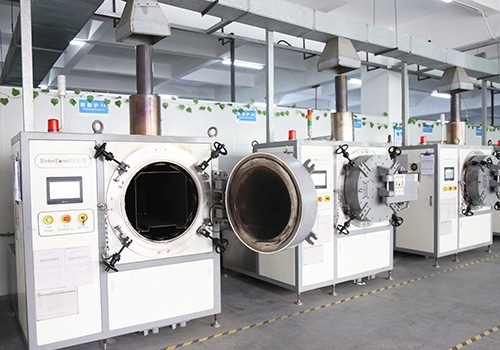
Solvent Debinding
As binder removal techniques development, the most successful type is solvent debinding. This binder system contains a constituent, which is dissoluble into liquid solvents at low temperature. Finally, left a part with network of interconnected porosity once immersed in solvent for specific time. Water-soluble binder composition is preferred. Because water solvent is easier to handle than organic solvent, especially for solvent distillation and recycling after debinging process. However, we still apply acetone or heptane as solvent for special binder composition, as these compositions are difficult to dissolved into water.
Solvent debinding take longer time than catalytic binder removal. But it still has competition with lower investment and operating cost in total process. Particularly with environmental advantages comparing to other binder removal process.
ZCMIM provide various binder system and debinding technology to create MIM parts. Contact our engineering team for your next specific MIM project.
